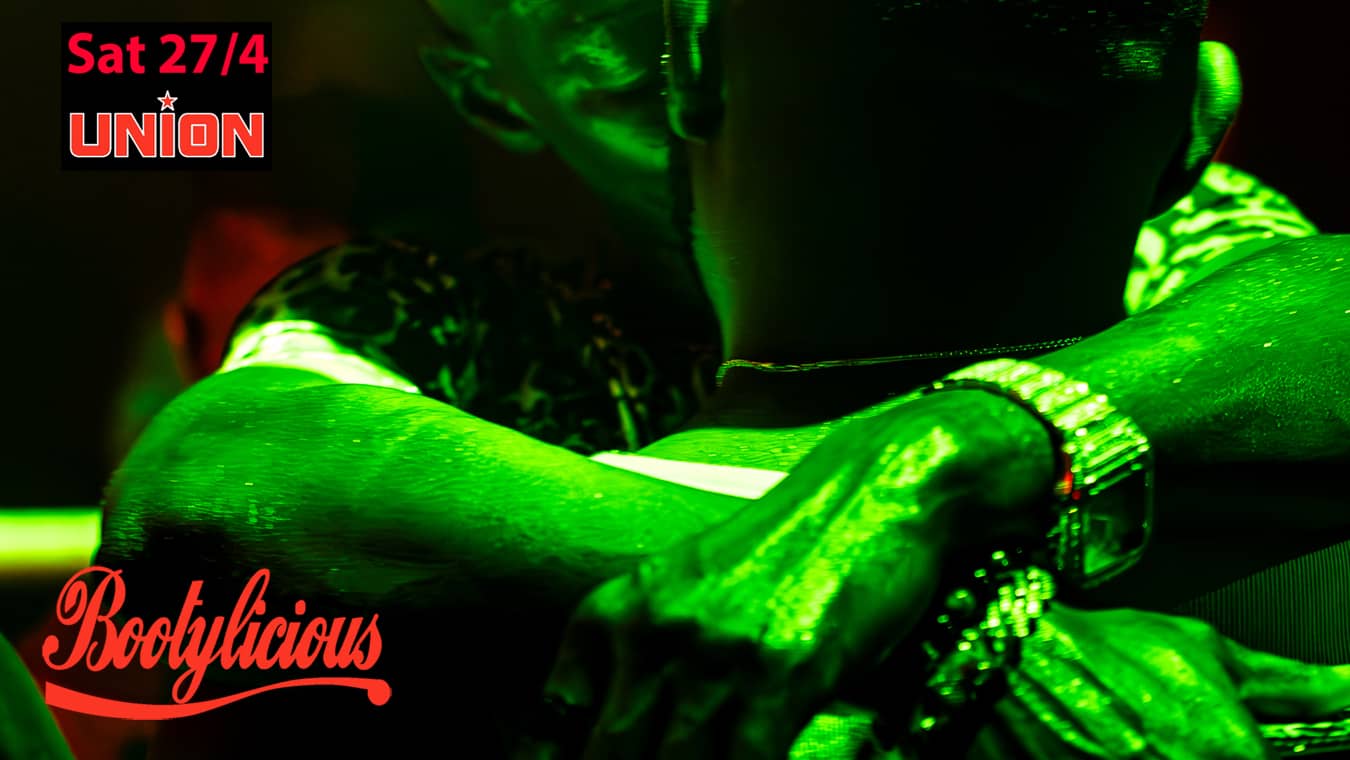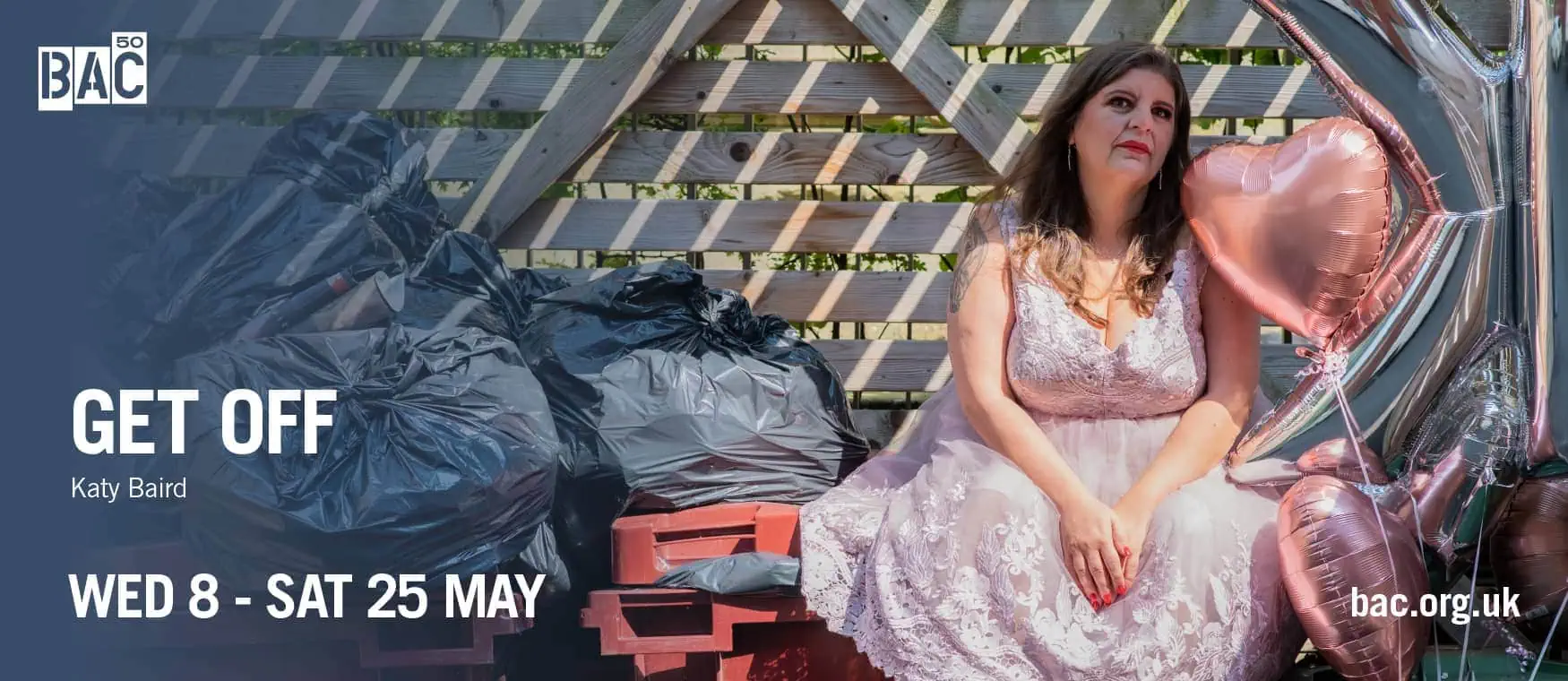READY OR NOT, HERE WE COME!
Although the 1960s was the era of Joe Orton and The Boys in the Band, homophobia thrived in theatreland throughout the decade. In 1961 Howard Taubman, drama critic of the New York Times, criticised “the increasing incidence and influence of homosexuality on New York’s stage.”
He cited Edward Albee’s Zoo Story (1959). But like Tennessee Williams (see Part 8), Albee’s a gay writer who denies writing gay plays. (Others have begged to differ. In 1965, while exposing Broadway’s “Velvet Mafia”, critic Martin Gottfried called Albee’s Who’s Afraid of Virginia Woolf? “the most successful homosexual play ever produced on Broadway.”)
By this time, however, the most radical gay plays weren’t in the theatres of Broadway but the bars of Greenwich Village. Joseph Cino’s Caffe Cino was a coffee house which opened in 1958 and presented its first play, The Importance of Being Earnest, the following year.
For the next nine years Caffe Cino produced around 250 plays that involved many of the men who went on to revolutionise American gay drama, among them Tom O’Horgan, Tom Eyen, Robert Patrick, Lanford Wilson and Ronald Tavel.
The camp musical Dames at Sea (1966) also opened here with Bernadette Peters. The theatre didn’t survive for long after Cino committed suicide in 1967. Throughout its existence Cino paid the cops hush money. Another important early off-off-Broadway venue was the Judson Poets’ Theatre, opened by Rev. Al Carmines in 1961.
New York’s experimental theatre and underground movie scenes shared personnel. When two of Ronald Tavel’s screenplays were rejected by Andy Warhol, they were staged by John Vaccaro, who founded the Play-House of the Ridiculous in 1966.
Vaccaro turned down Tavel’s Gorilla Queen and instead it became a hit at the Judson. Hibiscus, who went on to form The Cockettes in California, was in the cast. When Vaccaro argued with his leading actor Charles Ludlam, Ludlam formed the Ridiculous Theatrical Company in 1968.
The house style of the two Ridiculous companies – camp parodies with barnstorming performances – influenced gay theatre (not to mention Glam Rock) throughout the world. By the end of the decade Warhol superstar Jackie Curtis was writing very similar plays. Femme Fatale (1970) starred Patti Smith, Wayne County and Penny Arcade.
The New York State law forbidding “sex degeneracy or sex perversion” on the stage was repealed in 1967. John Herbert’s Fortune and Men’s Eyes, with its explicit scenes of gay rape in prison, opened off-Broadway the same year. But it was too grim for popular appeal. Then in 1968 a gay comedy finally crossed over to the mainstream. It was The Boys in the Band.
THE FINAL CENSORSHIP CONFLICT!
There was also controversy in London at the turn of the 1960s. In Joan Henry’s Look on Tempests (1960) a woman (played by Vanessa Redgrave in an early role) discovers that her husband’s been having an affair with an Italian boy. Naturally the play was banned by the Lord Chamberlain. It had to open at a theatre club. Pauline Macaulay’s The Creeper (1965) is a thriller about a rich old gent and his male “companions”, which recalls The Green Bay Tree (1933). Surprisingly it was back in the West End in 2006. In 1966 one of Noël Coward’s last plays, A Song at Twilight, opened.
For Coward it was daring. It’s about a repressed homosexual who marries for the sake of his career. (It’s said to be inspired by the life of Somerset Maugham). But it opened two years after Joe Orton’s Entertaining Mr Sloane, and for critic Nicholas de Jongh, “the two plays might have been written in different centuries.”
John Osborne (1929-1994), the original Angry Young Man, appeared homophobic. But homosexuality turns up in a lot of his plays and he may have had a relationship with playwright Anthony Creighton. Osborne’s 1965 play A Patriot for Me is about the gay traitor Alfred Redl and includes a drag ball.
The Lord Chamberlain banned it because Assistant Secretary R. Hill warned that a British Medical Association report of 1955 stated that men could become homosexual through seduction. When the Royal Court became a club in order to premiere the play, the Lord Chamberlain wanted the theatre prosecuted. The DPP refused. The Theatres Act 1968 abolished government censorship of the stage.
GREAT GAY PLAYS
Entertaining Mr Sloane (1964)
The first great openly gay playwright, Joe Orton (1933-1967) achieved an astonishing amount in a three year career, leaving us with the word Ortonesque to describe black comedy and florid dialogue written in his style. And he did it all while theatre censorship was enforced and homosexuality was illegal. This, the first of his plays, is about a middle-aged brother and sister competing for the affections of leather boy Sloane. It stands up very well after nearly 50 years.
The Boys in the Band (1968)
Some newcomers to Mart Crowley’s comedy about a gay birthday party are shocked by its self-loathing stereotypes. One character says, “You show me a happy homosexual and I’ll show you a gay corpse.” But it’s true to its closeted, pre-Stonewall period. (The Observer reckoned, “The final message is that everybody is queer but the ones who admit it are nicer.”) Crowley’s later plays flopped. A 2002 Boys sequel, The Men from the Boys, never reached New York or London.
Next week 1970’s!











